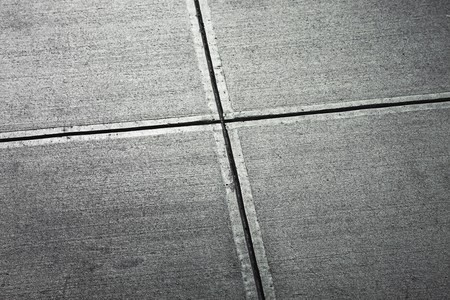
Home / News / Solid Concrete Roofing

A homebuilder in Jamaica recently announced that it would switch to all concrete roofs for new builds. They say concrete roofs are extremely durable and able to stand up to hurricanes, earthquakes, fire and floods that the islands are prone to. In addition, by using locally produced materials, the company will save its customers millions since the process excludes the need for importing wood.
In fact, an increasing number of roofing contractors and builders are moving toward solid concrete roofing material options. It is exactly what it sounds like — a solid slab of concrete, at least several inches thick, that takes the place of asphalt, tile, stone, or any other type of roofing material.
Why? It is more durable and long-lasting than anything else out there. And with an acrylic waterproof coat, it will reflect heat, making it a highly efficient energy saving roofing system.
Concrete roofing is generally installed in three layers. The first step is building the framework into which the concrete mixture is poured into. The frames can either stay in place or be removed. Then the concrete is mixed and poured into the framework which is laced with steel rebar. The rebar serves as a skeleton and structural reinforcement for the concrete to dry around. The contractor can cover the roof with almost any finish, including adding decorative tiles or shingle, or simply by stamping the concrete with a pattern. Last but not least, a protective coating is added, thus waterproofing the concrete and allowing it to reflect heat.
This type of roofing can take a pounding from rain, wind and hail, including (experts say) standing up to a category 5 hurricane. A solid concrete building, including the roof, also holds up extremely well to earthquake stress. It even helps to reduce insurance costs since this type of roofing is far more resistant to fire, termites and water damage. The all-concrete home is totally salvageable even if submerged in flood water, since the concrete only has to be washed down and dried out.
Of course, a concrete roof requires more support that a traditional roof. The process works best when the house has concrete walls, floors and support columns. However, developers have even figured out how to use concrete on sloping roofs of all types, although flat roofs are easier.
Currently, concrete roof is more expensive — perhaps double or triple the cost of more traditional materials. However, it’ll last a lifetime and beyond, with only minimal maintenance.
Here is the U.S., many builders are moving to solid concrete or concrete pavers in conjunction with ballasted roofing systems.